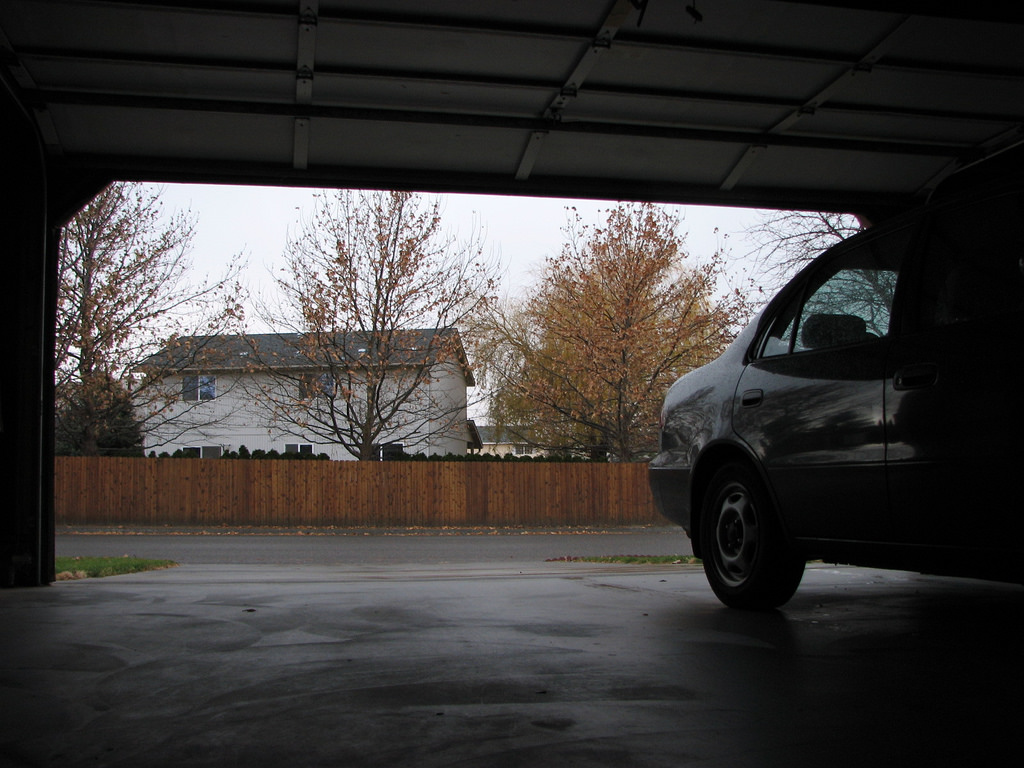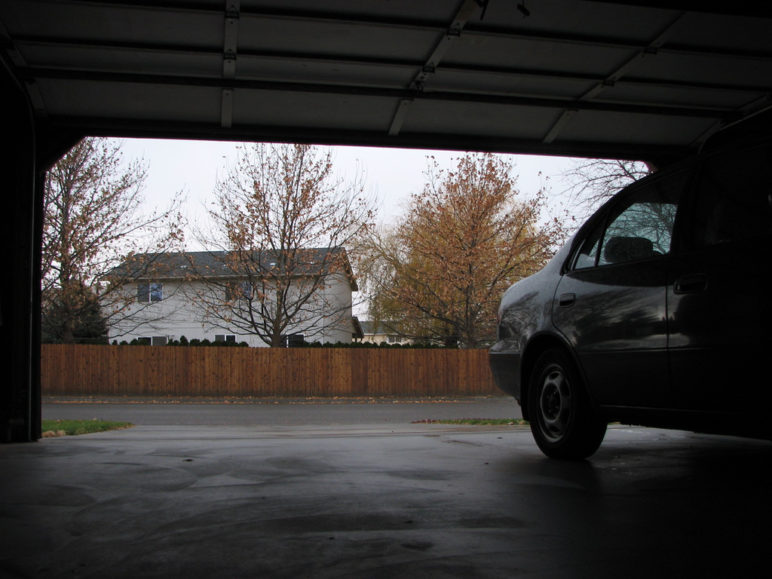On a planet facing a climate crisis, in a country where cars are the single largest source of climate pollution, mandating more parking spaces is foolish, at best, and may constitute climate malpractice. For accessory dwelling units (ADUs)—backyard cottages, basement apartments, and mother-in-law suites—parking quotas make even less sense.
As more jurisdictions throughout Cascadia and beyond consider liberalizing rules to make it easier for homeowners to build ADUs, they will inevitably face tough parking debates. Yet requirements to provide off-street parking spaces are among the biggest deterrents to ADU construction.
ADUs grow the local stock of green, relatively affordable housing choices at no cost to the public purse. Cities that insist on forcing homeowners to build storage for cars along with ADUs will deny their residents the benefits of these common-sense homes.
Here are six reasons cities should waive off-street parking mandates for ADUs:
1) Most parking concerns are dramatically overblown
No issue inflames the typical neighborhood group more than parking. The idea of homes added to their turf without parking spaces conjures images of parking-pocalypse, with cars jammed bumper to bumper for blocks, hours wasted cruising for spots, and long trudges back to the house.
Usually these fears are grossly overblown.
In 2018, the city of Seattle estimated the effect of a package of ADU policy updates, including removing parking quotas, on-street parking availability in four different neighborhoods. Assuming the full suite of proposed rule changes would cause a 220 percent boost in ADU production over a decade, they found that the new ADU households’ cars would lead to 60 percent utilization of on-street parking, on average. That’s still far below the standard 85 percent utilization benchmark of a parking-constrained neighborhood. So even in Seattle, which has greater residential density and ADU production than smaller cities and towns, removing parking requirements would be benign.
2) ADU dwellers own fewer cars than average households
ADU households typically own fewer cars than households living in other types of homes, making their burden on parking supply lighter than average. Studies from Portland and the Bay Area found that ADU households own an average of 0.9 cars each. That’s half of the national average of about 1.8 vehicles available per household, and below the average 1.3 cars per Portland household living in a new rental.
3) The high cost of parking can decimate an ADU construction budget
Building parking spaces for ADUs can be prohibitively expensive. Cascadian ADU architects estimate a typical cost of between $4,000 and $10,000 per spot. For homeowners trying to build an ADU on a tight budget, that can be a deal breaker. A basement renovation to create a modest ADU might cost around $50,000. Requiring parking could force an owner to shell out 10 to 20 percent more!
4) Physical barriers preclude adding parking spaces on many lots
A wide range of physical constraints can prevent lots from accommodating off-street parking spaces, including the placement of the main house on the lot, irregular lot shapes, lack of alley access, trees, slopes, and other natural features. Unsurprisingly, homeowners who have tried and failed to build an ADU commonly report that the inability to fit the required additional parking was their primary reason for giving up.
5) Banning ADUs unless they provide parking penalizes owners of smaller, less expensive properties
In general, off-street parking is a bigger barrier to ADUs the smaller the lot—it simply gets harder to fit in spaces. But it’s also generally true that the smaller the lot, the less wealthy the owner, all else being equal. It follows that parking quotas tend to discriminate against lower-income homeowners, disproportionately depriving them of the benefits of ADUs, such as added property value, potential income from a rental unit, or making space for multi-generational living arrangements.
6) Parking quotas thwart one of the cheapest forms of ADU: garage conversions
Converting an existing garage can be an economical way to create an ADU. In some cases a garage conversion project can be cost competitive with an in-house or basement ADU, typically the cheapest options. That’s no doubt why garage ADUs are one of the most common forms of ADU. But on some lots, eliminating parking capacity from an existing garage may leave the lot without enough space to meet combined parking requirements for the main house and new ADU. By mandating off-street parking for ADUs, cities are prioritizing continued use of garages for housing cars over the creation of new homes for people.
Mandating parking undermines efforts to boost construction of green, affordable ADU homes
Jurisdictions scuttle their own boats when they prohibit ADUs unless owners also build extra parking. Worse, concerns that motivate these counterproductive parking requirements are overblown.
ADUs alone won’t solve climate change or end housing affordability woes, but they are an important piece of a larger suite of solutions. Laws that force the construction of parking along with new homes are negligent in the face of our climate crisis and housing shortage. They are preposterous for ADUs.










Paul Conte
The obvious question: Where does the average ADU household, which — occurring to the statistics you site — park their car?
Doug Klotz
The obvious answer (which you knew all along): If they have a car, they probably park it on the street. There are at least two on-street spaces in front of an average single-family house, and more on corners.
Paul Conte
Right around the corner from my house there’s a very narrow street, on which no parking is allowed.
The special area zone that our neighborhood developed through a community-driven process introduced a provision to allow a rectangular, street-to-alley lot, to be divided into two lots, the rear one with access only from the alley. Most alleys are unpaved and have bout 12′ width between obstacles.
If the answer is so “obvious” then why is your answer so obviously inadequate?
Doug Klotz
Then I suppose folks will park on the nearest street that does allow parking on it. Or, the owners of that lot will include parking. It won’t be not banned, just not required.
Paul Conte
Typical dismissive response. There are over ten houses on one block of this street. Residents of the “nearest street that allows parking” use most of the on-street parking spots. So, I guess “granny,” who lives in the “granny flat,” can just hook her grocery bags over the handles of her walker and shuffle a couple blocks.
You response is a perfect example of what’s wrong with HB 2001 — it was written by clueless zealots who think “we know best” and are therfore justified imposing their personal, uninformed views on cities throughout Oregon.
Luke
People can choose where they want to live. If parking is tough in a certain neighborhood and the owner doesn’t provide it, “granny’s” can make an informed decision whether she wants to live there. No reason for government knows best policies that mandate where parking should be.
Paul T CONTE
Yeah, that’s equitable. The exact same argument applies to ADUs overall and to HB 2001’s “middle housing.” As long as a City has plenty of such housing somewhere, people can “choose” where they want to live.
It’s quite interesting how little forced upzoning advocates actually understand about real people’s lives. Homeowners are cast as “NIMBYs” and “elites”; when the reality is that the majority of homeowners are ordinary folks of no extreme financial means.